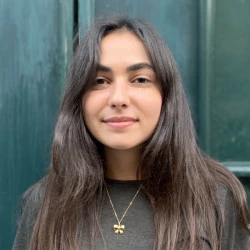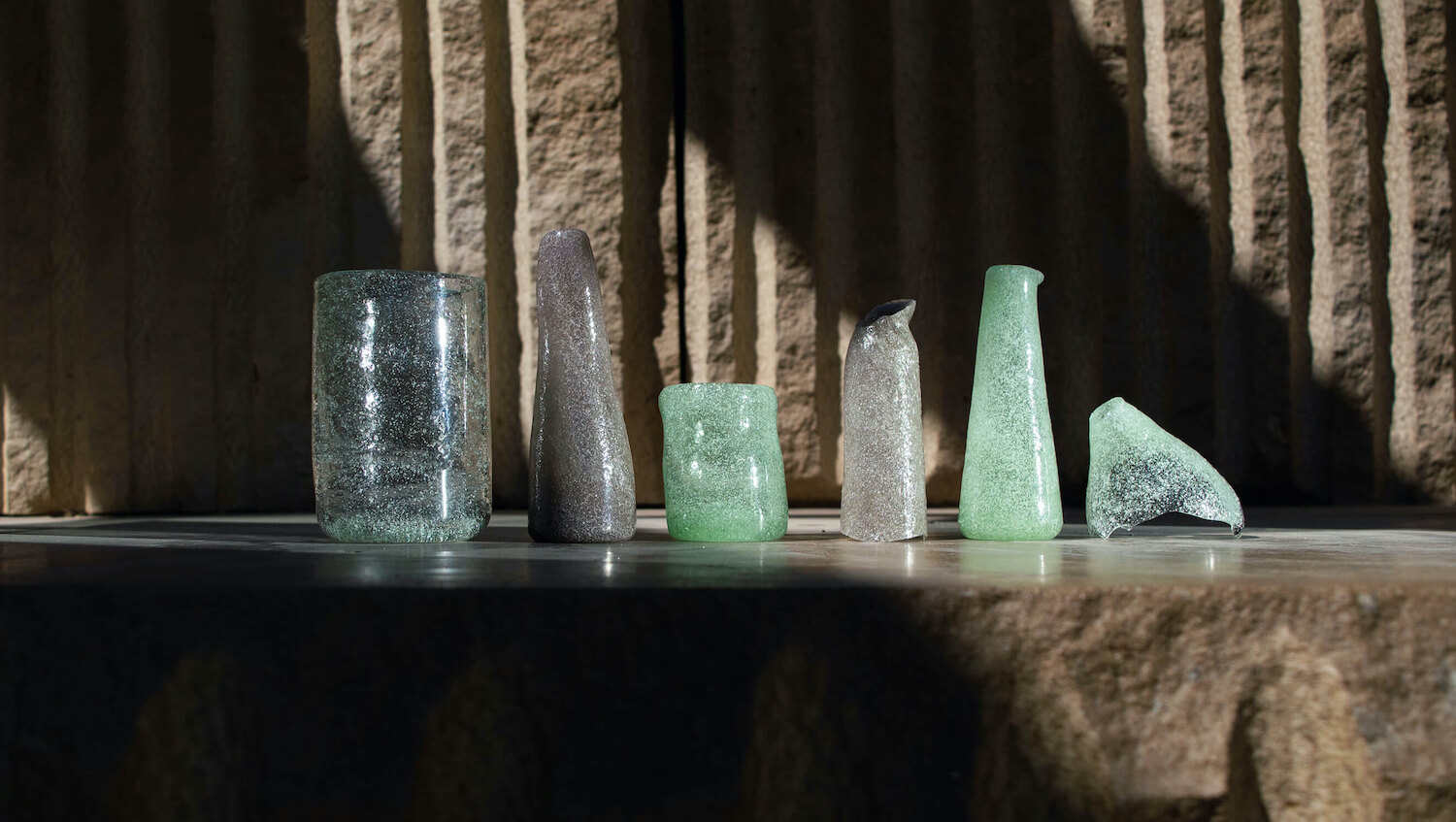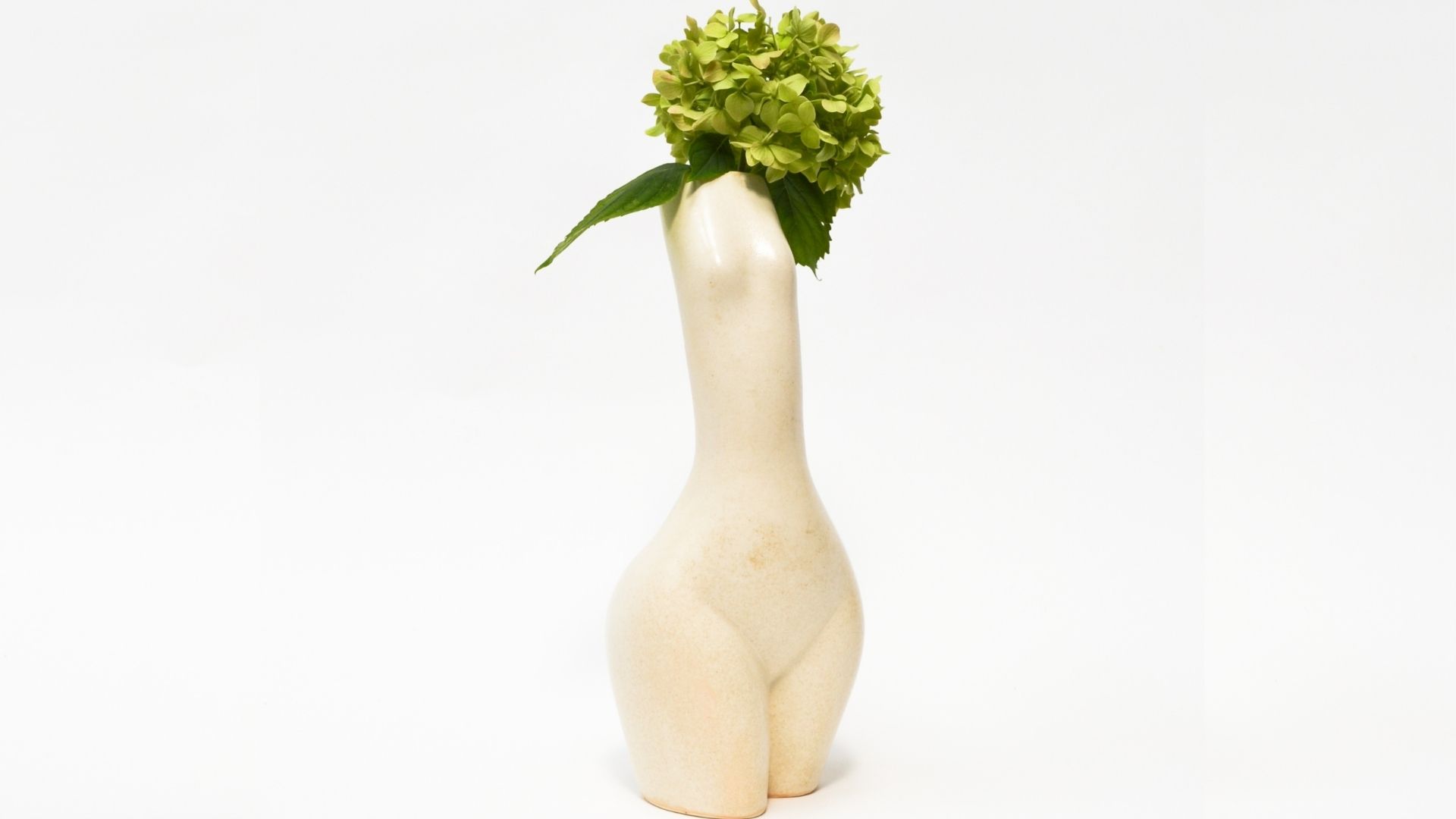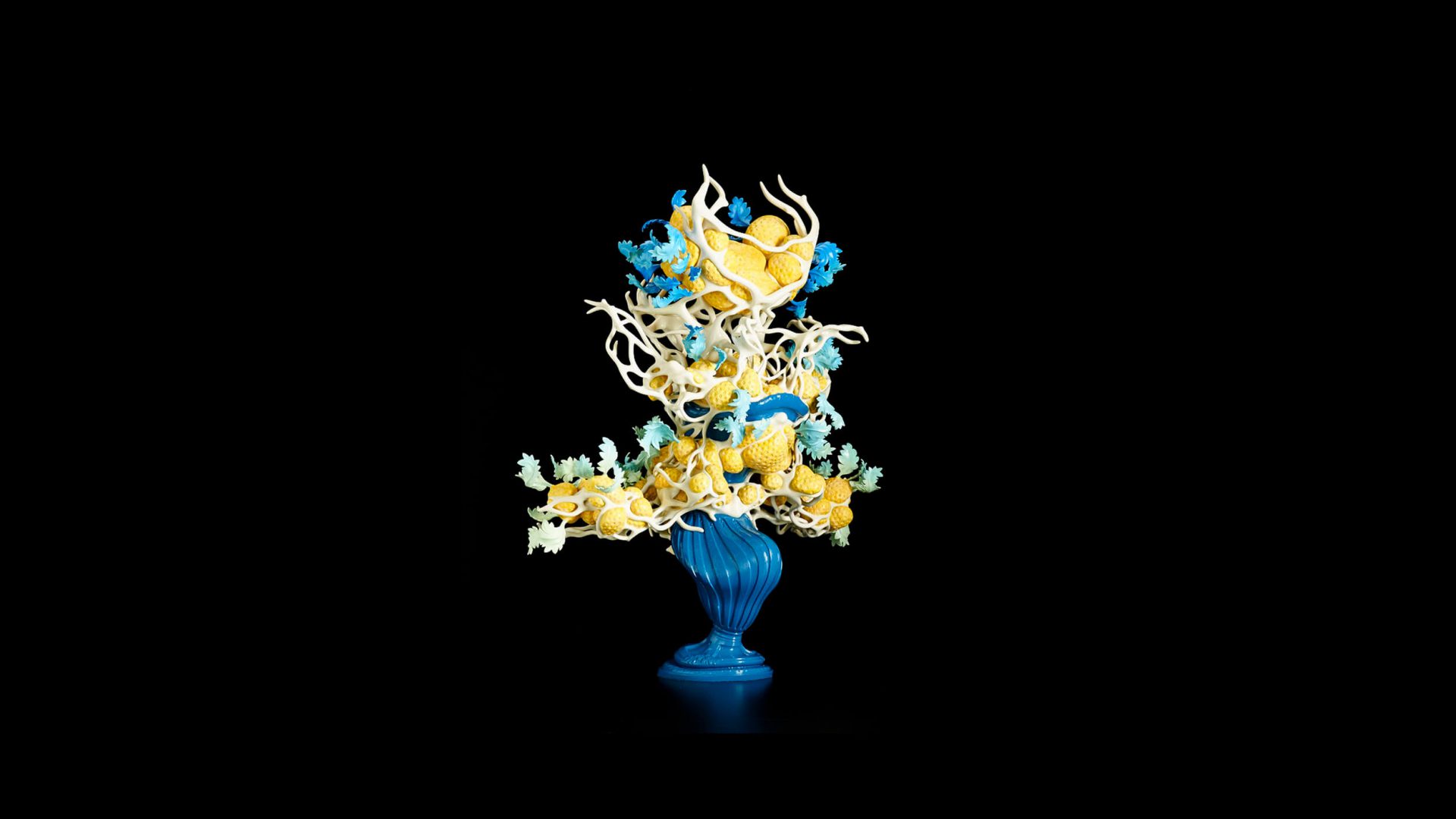Can I 3D print coral? Material exploration towards a smarter environment
Aiming towards a more ecologically conscious built environment, Alex Schofield experiments with innovative materials and fabrication methods.

Native Oakland-based designer Alex Schofield focuses on emerging technologies, material research, and their implications within the built environment. He completed his M.Arch at University of California, Berkeley, where he received the Mario Ciampi Art in Architecture Award for his parafictional exploration in fabrication, agency, and form of an architecture built from coffee grounds.
He has worked for innovative materials and technology based design firm Emerging Objects as well as the environmentally focused Hyphae Design Laboratory.
Schofield has since completed residencies at both Autodesk Pier 9 and Workshop Residence in San Francisco and has lectured and exhibited his work abroad. Alex also teaches at California College of the Arts, where he is an adjunct professor of Architecture and collaborator with the Architectural Ecologies Lab.
Director of the design workshop, Objects and Ideograms, Schofield continues to rethink spatial making with an emphasis on materiality. He leverages his unique education and experiences to further develop both design, fabrication, and material research in efforts towards a smarter, more ecologically conscious, built environment.
Gallery
Open full width
Open full width
Who is Alex Schofield? How did your journey in design begin?
Alex Schofield:
“I am an Oakland, California, native who grew up in the East Bay right across from San Francisco. I come from a long line of pioneers who immigrated to the US and Canada to make the wild trek west in discovery of a new frontier – or so the family lore goes. Identity and meaning have always been a great interest of mine as so much was lost to come to a land that wasn’t ours to begin with, and in the process created something new.
My own journey, in design, has been a life long endeavor. Though I don’t think I could formally put words to my own ideas and observations until later in life. It took many years of living and experiencing life, a bachelor’s degree, and a master’s degree to realize I had been designing and researching my entire life.
I always had a unique curiosity about how things were made, why the world worked the way it did, or what was beyond our own homes and cities. It turned out that the way I had been simply observing and watching the world around me became paramount in positing my own ideas and proposals as a designer.
For this reason, I think building knowledge and intelligence comes from many places, not just formal institutions like the academy or university.”

Why Objects and Ideograms? Why focus on design, fabrication, and material research in relation to the built environment?
Alex Schofield:
“Objects and Ideograms was a conscious decision to translate my thoughts and work as roughly “things and ideas”. Where the Ideogram is perhaps a more metaphorical tool for describing cultural, political, social, or any other sort of embedded idea, the object is a tool for objective or scientific inquiry.
Neither is mutually exclusive and in an ideal project, both occur simultaneously. Another way to describe this might be “explicit and implicit”. All of this translates directly to the built environment in that we experience this world from an environment of our visions, ideals, and construction.
And unfortunately, we’ve found ourselves looking back questioning our decisions as we come to terms with our own damage to the natural environment and each other as seen through our current social and climate crisis. The built environment didn’t simply appear one day, it was designed, fabricated, and built piece by piece with materials taken from the earth.
For this reason, I believe exploring the world through these lenses is some of the most profound and impactful work we can do. How we built and why we build are perhaps two of the most important questions we can ask of ourselves.”
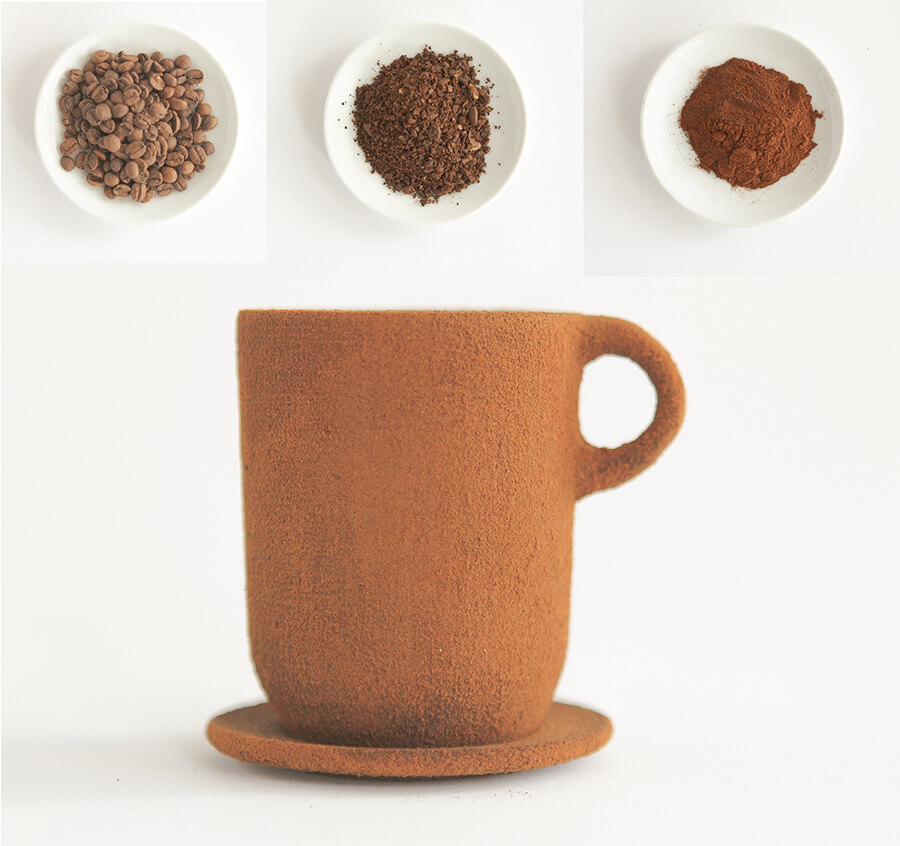
Prior to starting a new project, what type of research do you do and why? What information do you look for and where?
Alex Schofield:
“Often when I begin a new project, I try to approach it from the perspective of an outsider who knows nothing. I find that often when we think we know the answer, our preconceived notions blind us to a certain opportunity for discovery – we all bring our own biases to any project we begin.
Often finding documented resources or other people who will talk with me is my favorite place to start, most often times there is already an expert of a field or subject. I think collaboration is imperative, it’s foolish to think that we are going to be experts in everything or that someone somewhere else in the world hasn’t already pondered the problem you have at hand.
Other times, I simply play with materials out of curiosity. Some of my favorite projects began not because someone else asked or employed me. but because I was simply curious in learning more about the world around me.”
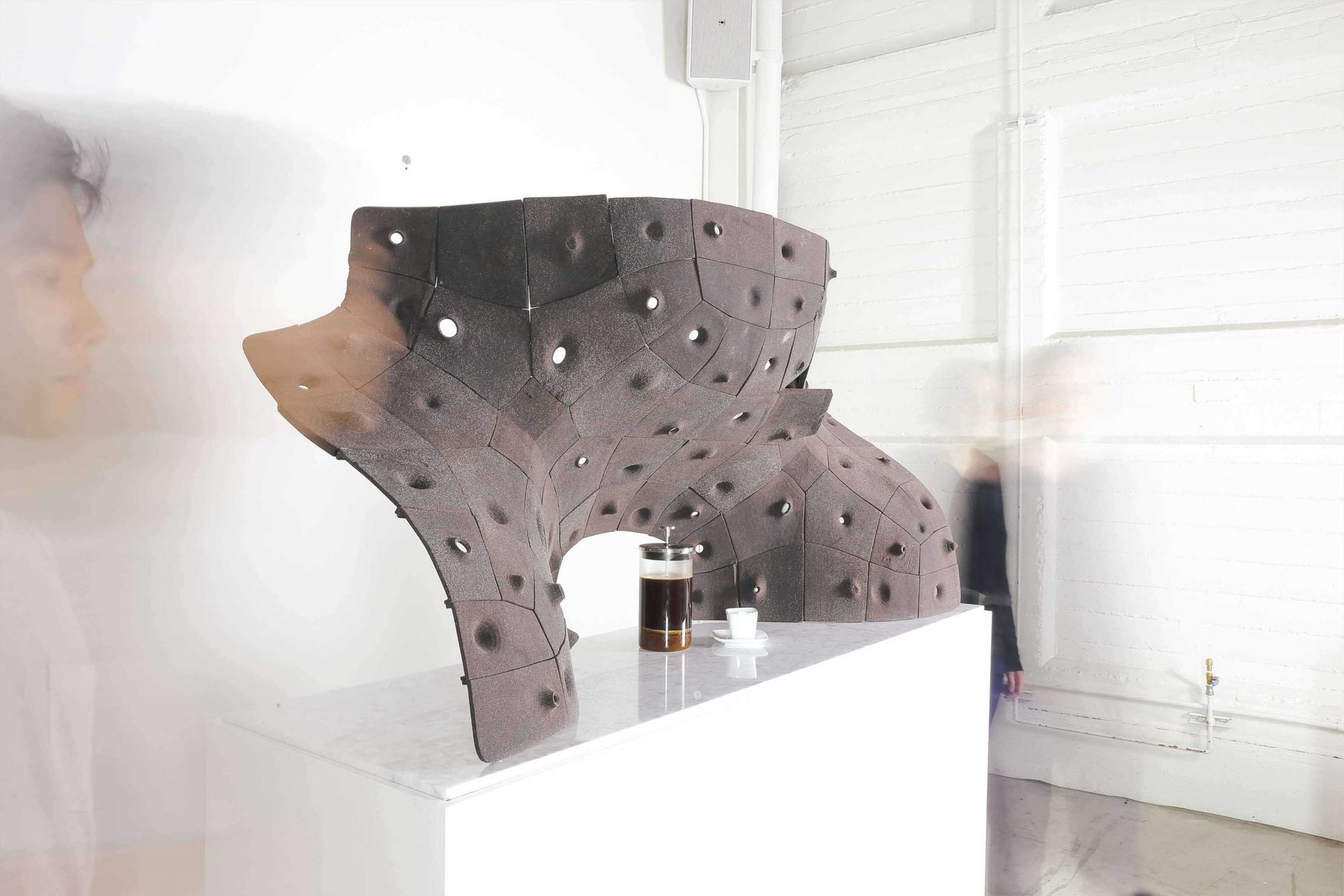
As a design technologist, how do you approach the development of new materials for a project?
Alex Schofield:
“Trial and error – and play! A good design technologist wants to build something and will use their knowledge and resources to try and solve the problem at hand. In my case, I am not a material scientist, but I am a really good observer of the natural world around me.
New materials, whether physical or digital medium, are often a product of very creative recombinations and relationships. There is no replacement for the process of trying over and over and over, often observations in my failures or mistakes are what help lead me towards my solution. However, intuition and experience can help speed up this process.”
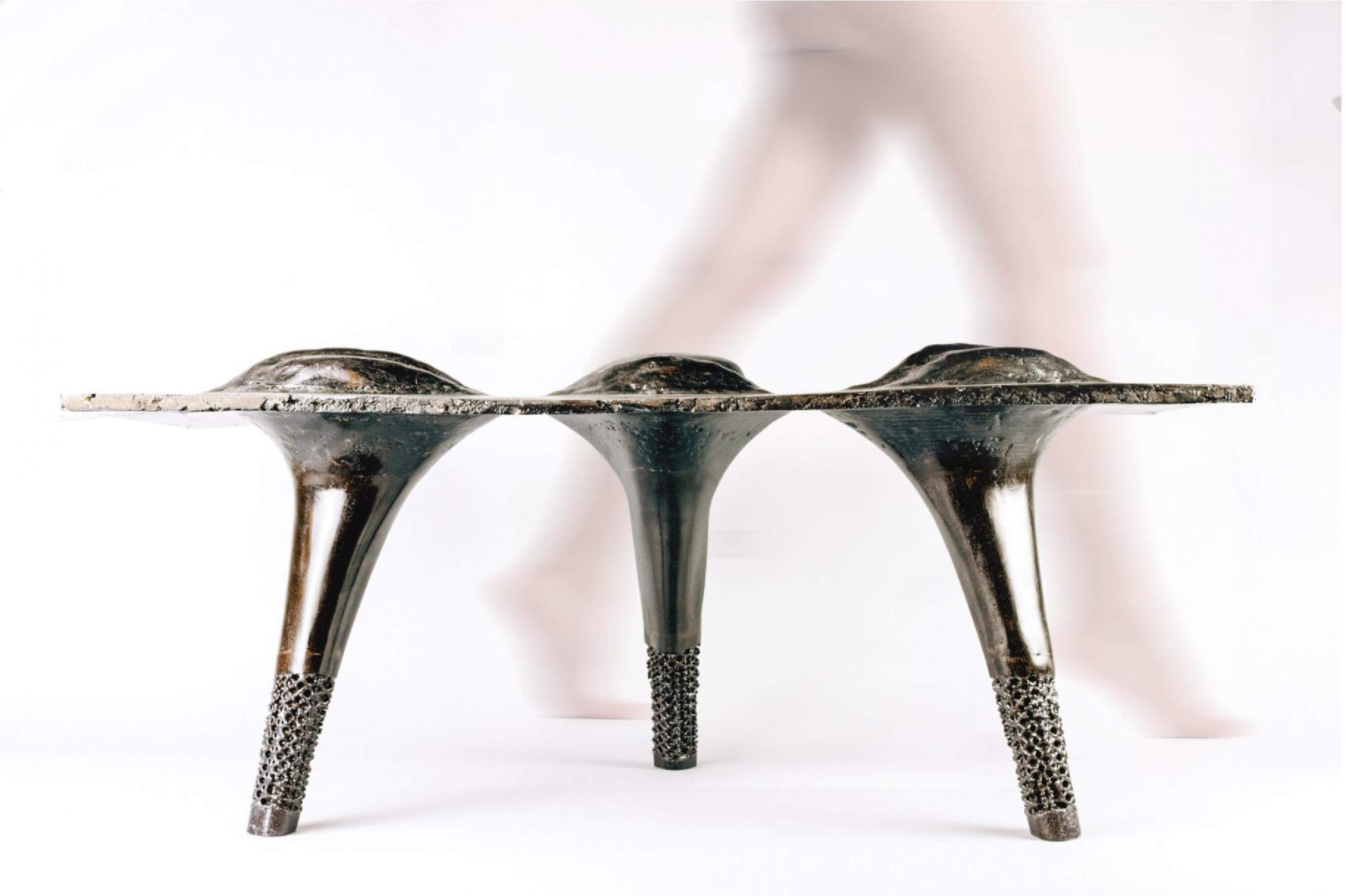
While exploring a concept through the means of making, what makes a design idea truly innovative?
Alex Schofield:
“In my experience and observation, innovation is often sparked and fostered by a problem – sometimes this is a problem we are aware of and sometimes it’s a problem we never realized existed. Sometimes I worry that this word, “innovative”, becomes a buzz word used in a similar fashion to much of the verbage used around “green washing”.
To me, what makes something innovative is its capacity to approach a problem from a completely different perspective which ultimately provides opportunities for people as a whole rather than any one constituent group. Oftentimes the disruptive aspects of innovation can be the most difficult yet rewarding aspects.”
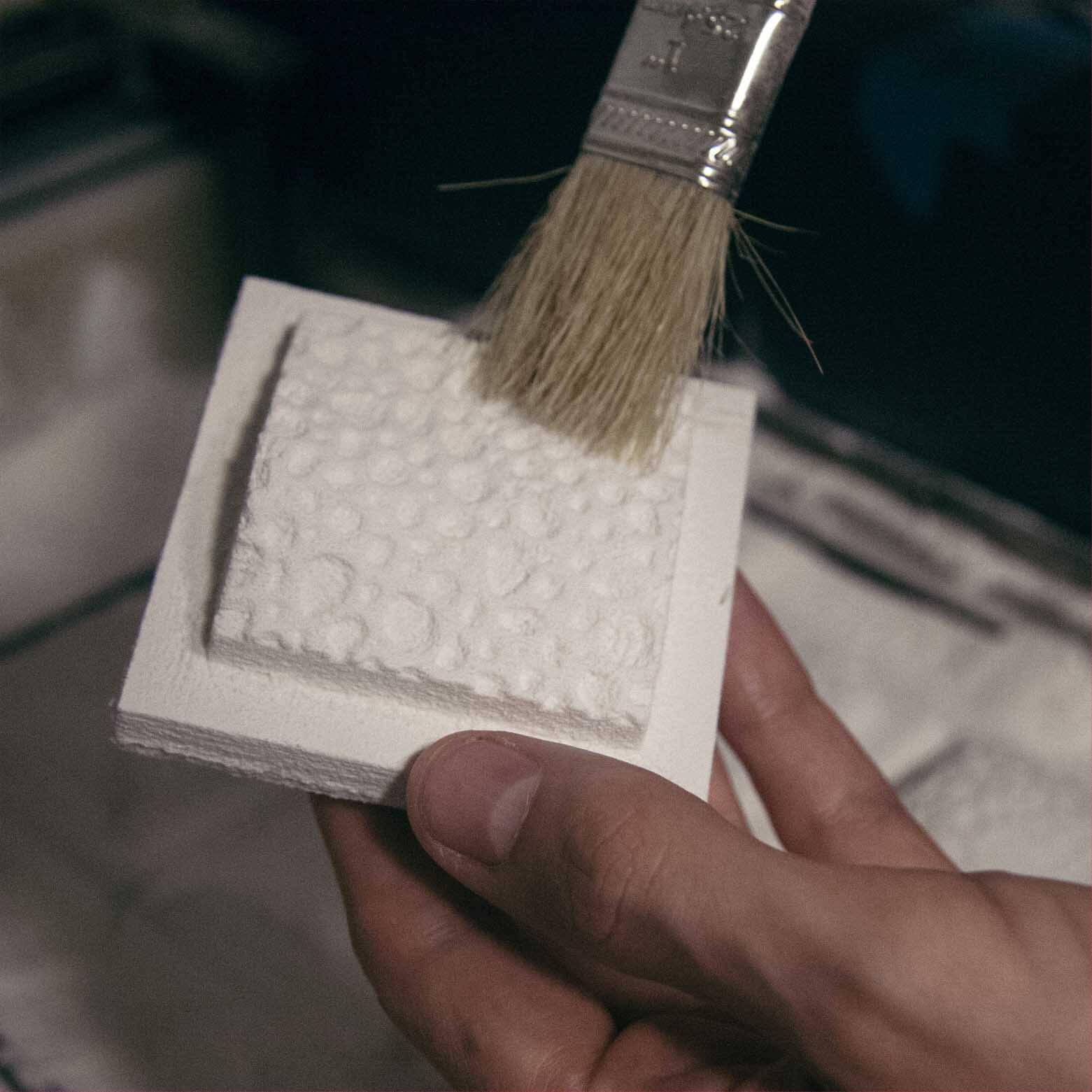
Referring to your recent projects, how did you go about your prototyping phase? What steps did you take to arrive at a final prototype?
Alex Schofield:
“I think all of my work is constantly in progress, in that there is always a step further or something else to expand upon. But time is limited, both for us and our clients. For my own sanity, it does help to define specific milestones and work from achievement to achievement.
Often, the prototyping stage can range from abstract experiments to specific inquiry which provide data points towards the conclusion of a milestone. Whether the prototype is a material or formal exercise, the prototype is built up layer by layer and piece by piece in an iterative fashion until the result fulfills the prompt.
Often times the final prototype has evolved to a state which is unrecognizable from the original idea, it’s within this space of design and discovery that the real magic happens. And what’s the point of asking a question you already have an answer to? For example, Coral Carbonate, my most recent work in 3D printed calcium carbonate as a scaffold for coral growth and preservation, began with a simple question – can I 3D print coral?
This lead to a material prototype that was simply stable inside the 3D printer, to an object which could exist with longevity, to a larger object with more detail and complexity that could support the spatial needs of organic life, to a final prototype deemed fit and ready to be put into water and introduced to a living organism. Each step begged more questions, and even now there are still a number of avenues for exploration and further research.”
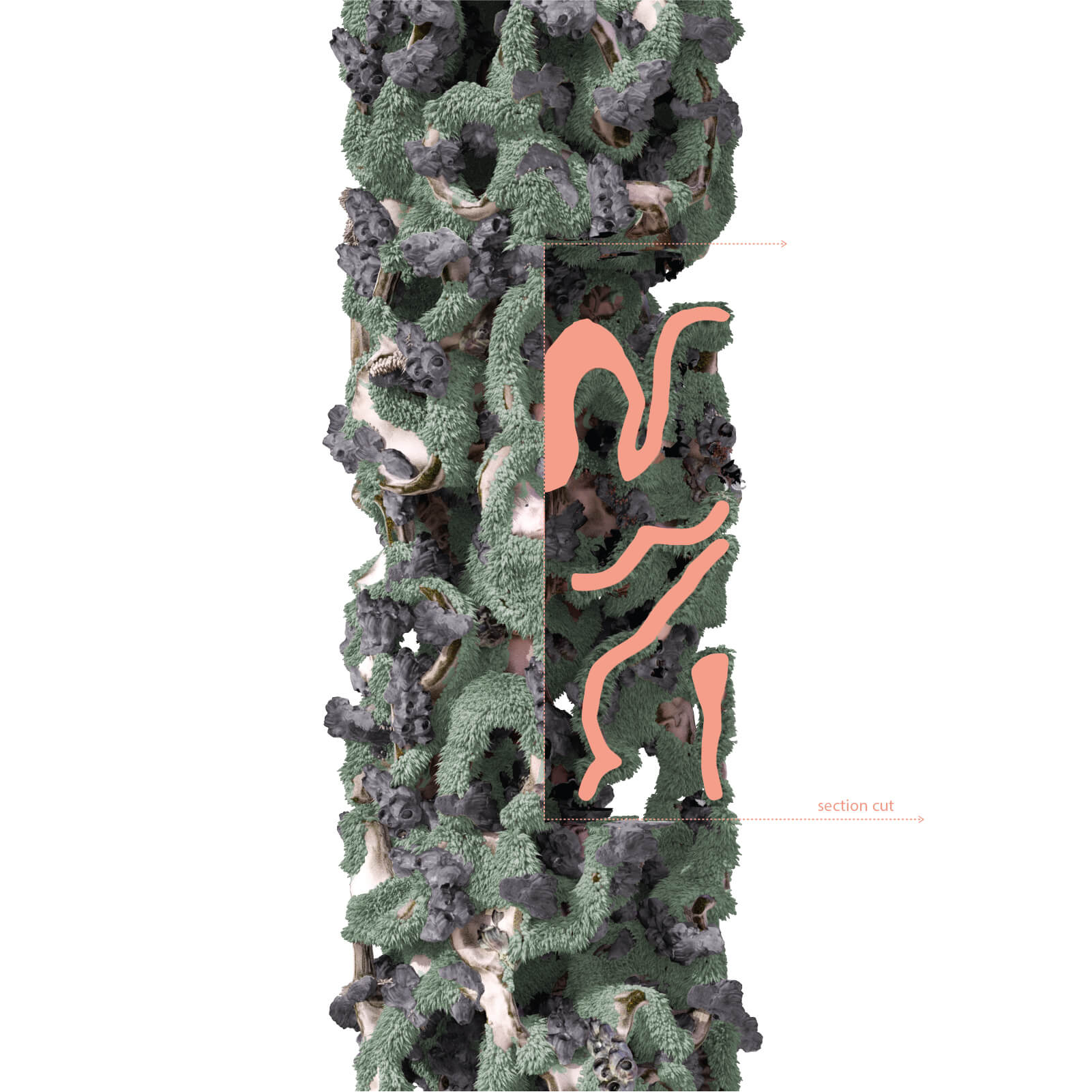
Overlooking your career, what would you say were the most important milestones or defining moments?
Alex Schofield:
“Sometimes I think one of my biggest mistakes was not investing in myself and taking myself seriously when I was younger. I lived my life for several years after high school working job to job, just simply experiencing life as I stumbled through and navigated what it meant to be an independent individual.
I often thought that not going to college and getting my degree sooner was a big mistake, but in retrospect what I had done was created the time and space to simply figure myself out – my true interests and what I really valued in this world.
The biggest milestone for me was making the conscious decision to apply for colleges, to devote my life towards curiosity and discovery. In turn, what I learned was that college wasn’t the place that had any of the answers, but simply offered a space to explore and grow. In fact, I enjoyed this space so much that what I thought would be a 4 year degree turned into a 6+ year commitment for both a Bachelor’s and a Master’s.”
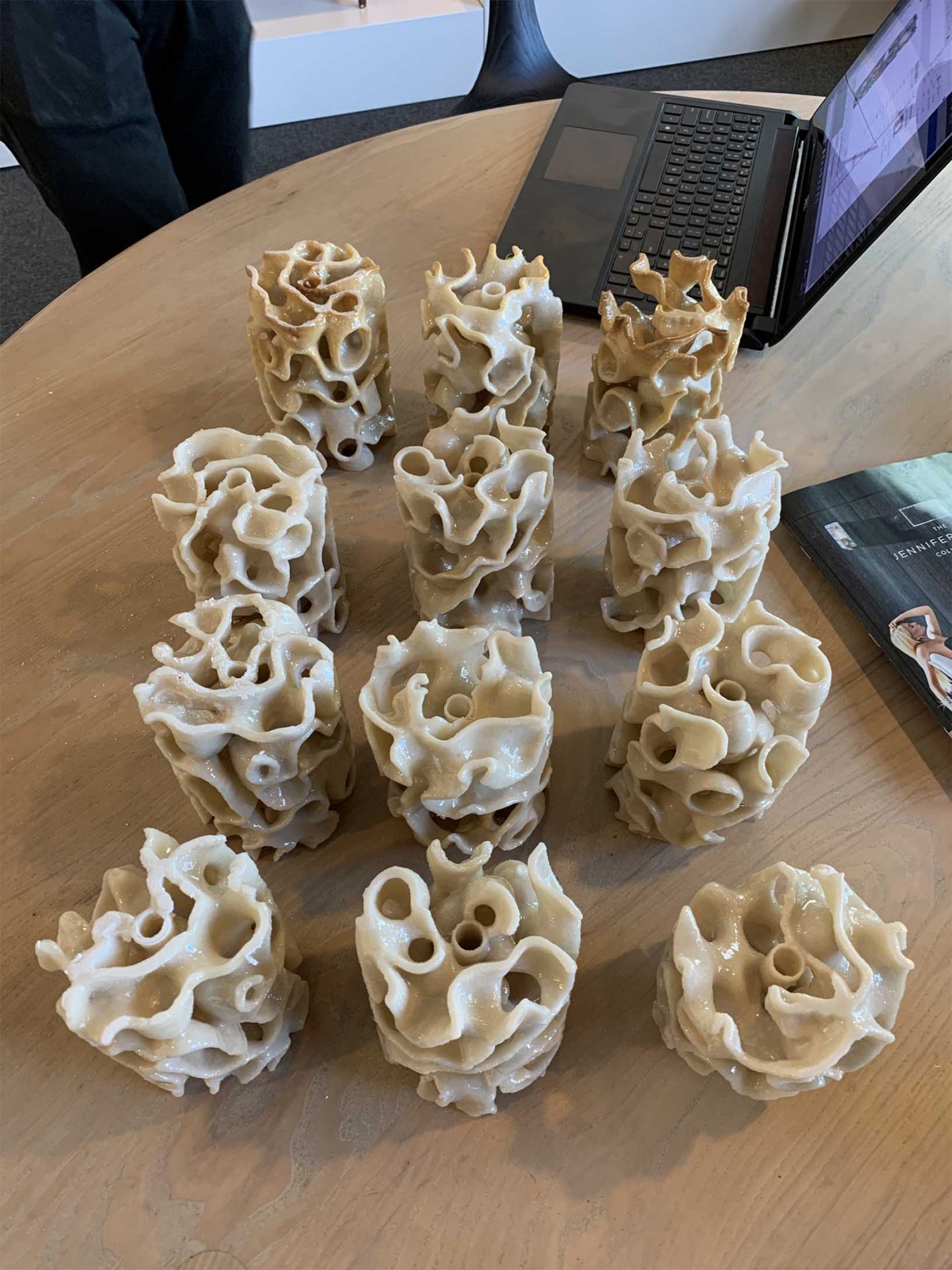
What is the next step for you and for Objects and Ideograms?
Alex Schofield:
“At the moment I have been working to push forward my work at the intersection of terrestrial and marine environments. There are few new projects coming online that seek to push forward my previous work with Coral Carbonate in both scale and application. I’ve been thinking a lot lately about our coastlines and islands. How do we protect the erosion of a vital ecosystem to both us and our fellow animal neighbors? How do we stop islands from sinking? Can Islands float?
Simultaneously there are a series of experiments this year that will be looking at more terrestrial bio-based interventions in our built environment, in effort to democratize material knowledge and access. Stay tuned – more coming later this year!”













